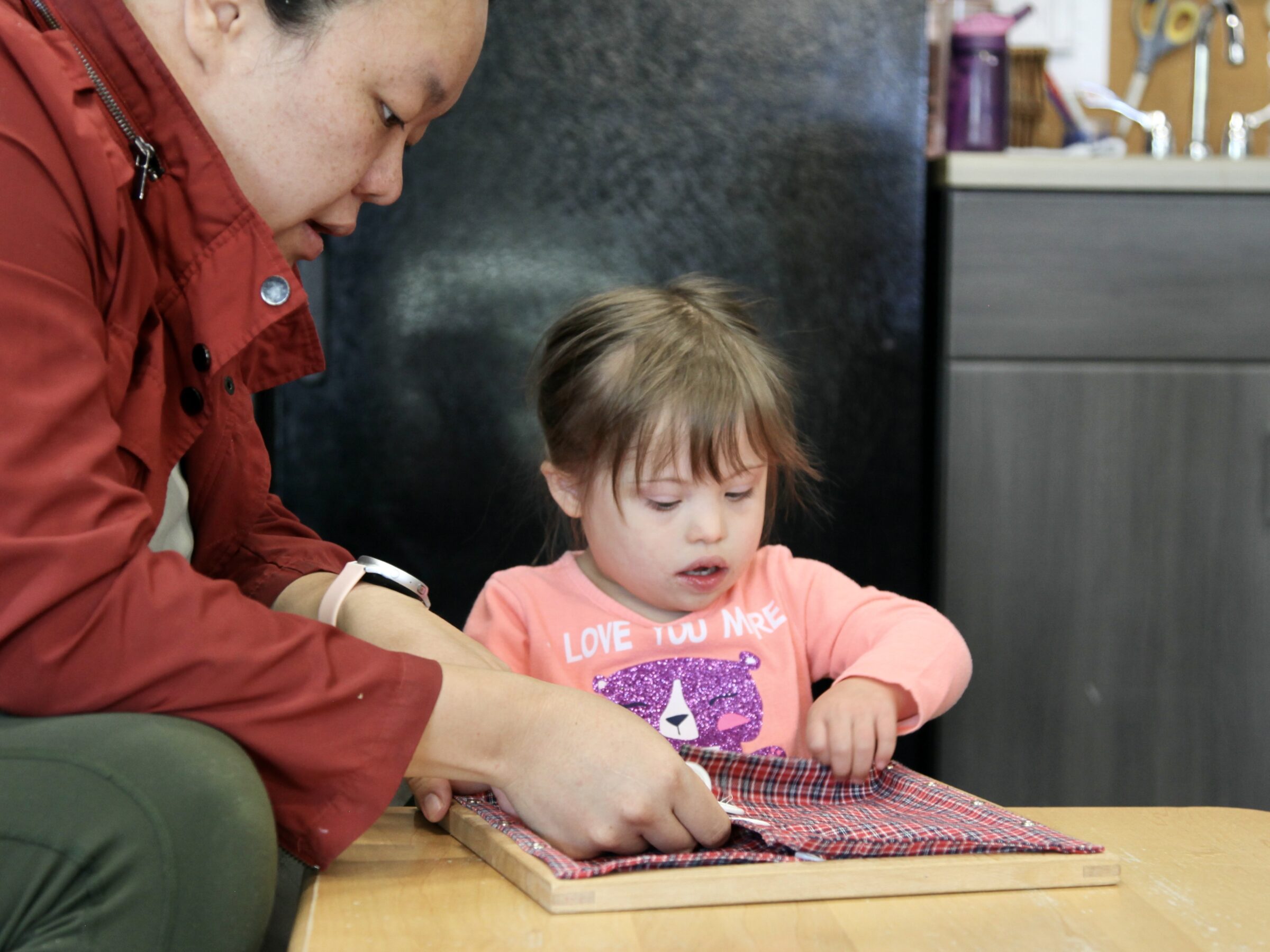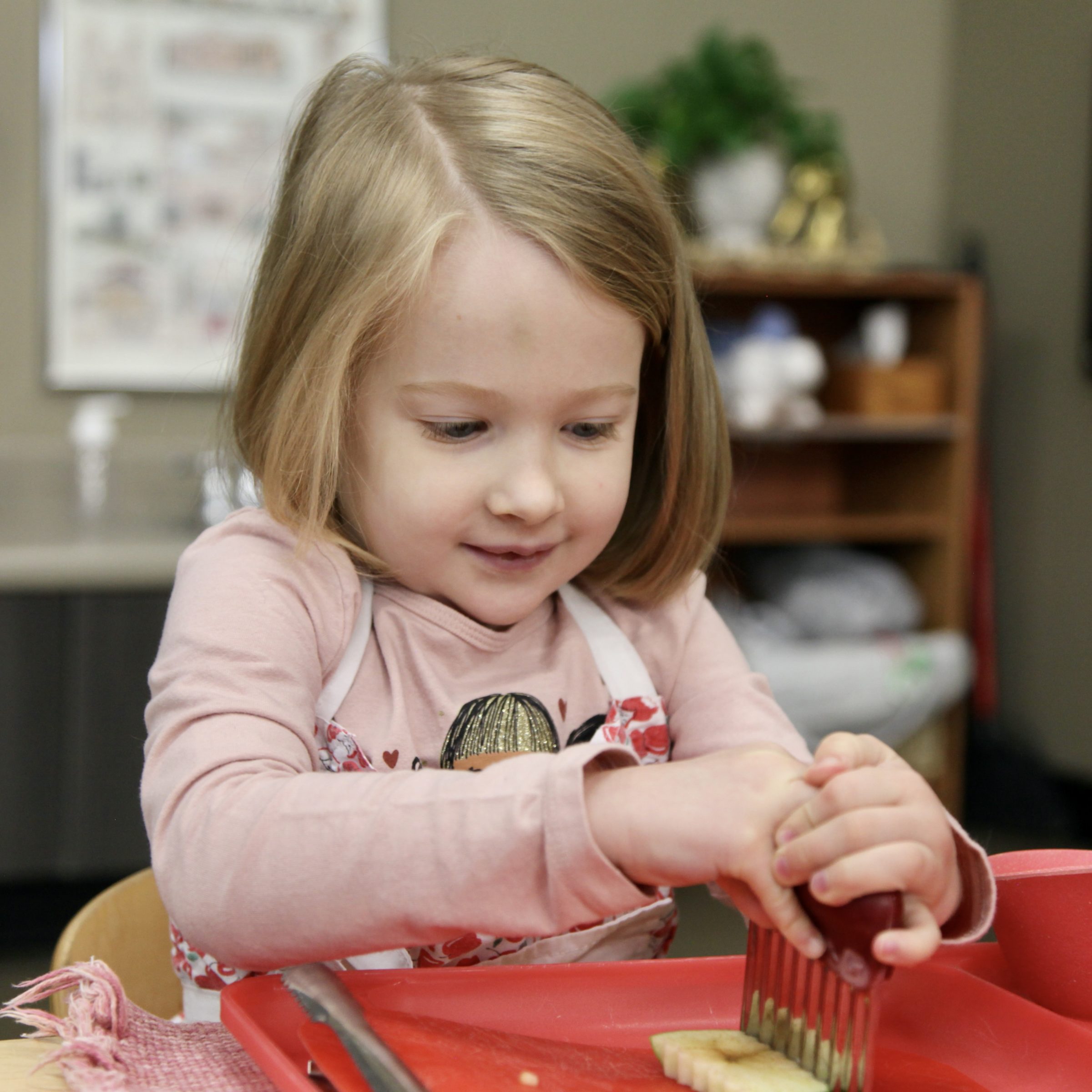The Montessori Three-Hour Work Cycle
FAQ
“So, what’s a typical day look like?” “When is it time to use the bathroom, or to have snack?” “When is art time?”
These are such natural questions, and ones we hear frequently when families come to look at the classroom. Applying to Baan Dek begins with a tour after school, when we walk around the classroom and talk about the philosophy.
It’s a real surprise to hear how, shall we say “open,” the daily schedule is. The children arrive. They work for three hours. A few go home, though most stay all day. They prepare the classroom and eat lunch together. They play for a bit, then more work — either on the shelf or the work of resting your body — and then we’re done for the day.
When do children use the bathroom? Whenever they need to. When do children eat snack? When they’re hungry. When do children do art/read/work alone/work together? Any time, all the time, when they want or choose or need to.
It’s another way Montessori is Education for Life. A lifestyle, not a school. Education of the Whole Child.
When we’re not told what to do, and when, it’s up to us to decide how to spend our time, to learn to prioritize, to work on what suits us this moment. What a moment for freedom, what a moment for discipline.

The children cannot do “whatever they want;” that is a misunderstanding of the Montessori phrase, to follow the child. The children can work with any material they’ve been shown for as long as they like and then return it to the shelf ready for the next person to use.
They can choose not to work. We all have days when we need to warm up a bit, or when we’re having a bit of trouble deciding where to start. When a child has the space to sit and observe, we’re acknowledging the fact that a child is still learning even when they’re not directly working with a material, through observation, and we’re trusting that a child will choose work when they feel at ease. It’s still up to the adults to ensure there are plenty of interesting, developmentally appropriate choices available to a child, but we know that the best learning happens when it’s freely chosen and self-directed.
This is independence and practicing life-skills when there’s still time to make mistakes and to learn from those mistakes. It’s actually a very short time in our life when we have others telling us what to do, and for most of our lives we need to take initiative, to prioritize, to problem-solve. When work is self-directed, these skills are being honed in a four-year-old, and can be built upon for the remainder of a child’s academic career, and indeed for life!
For the youngest children, in the toddler community, the work cycle is a bit shorter; for older children in an elementary program, there’s a full work cycle in the afternoon for everyone. To each their own. As you grow, your work, your abilities, your capacities, your needs grow, too. I’m not going to tell you what to do, I’m going to help you figure out what to do yourself.
Written by:
Charlotte Snyder



